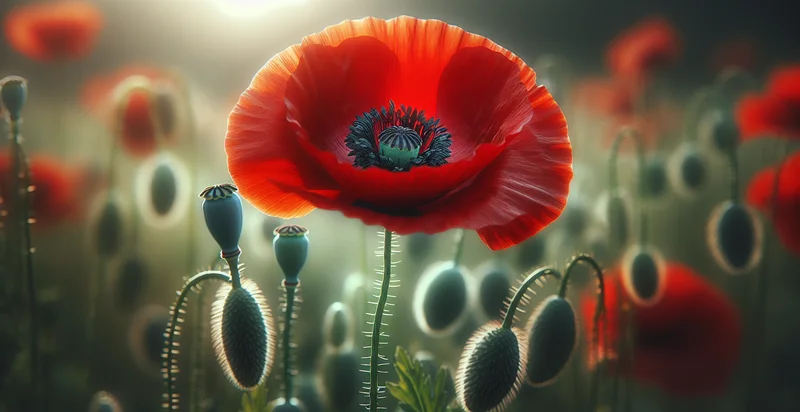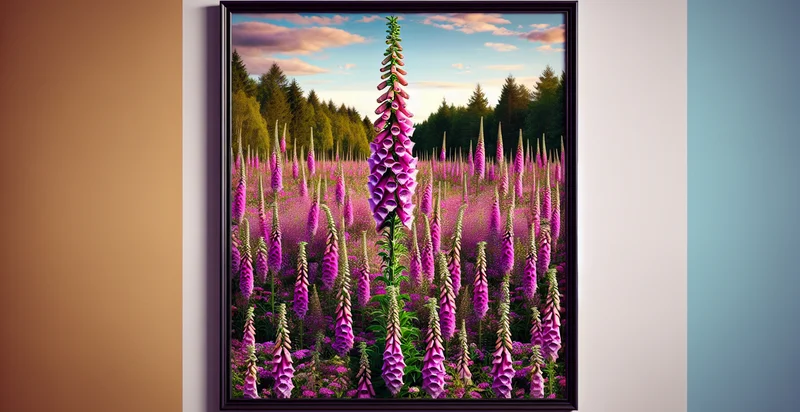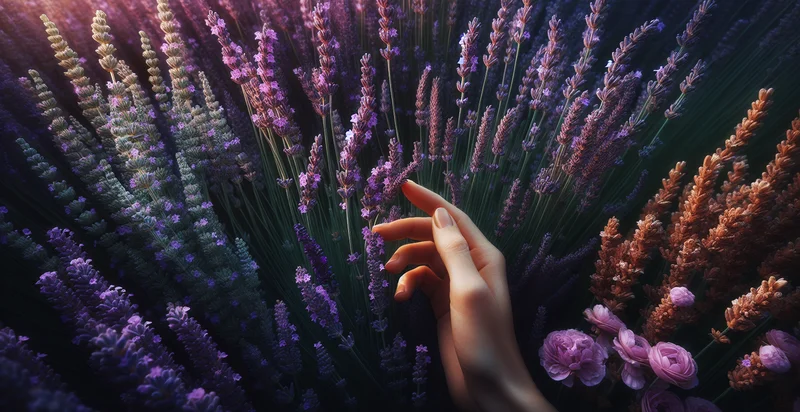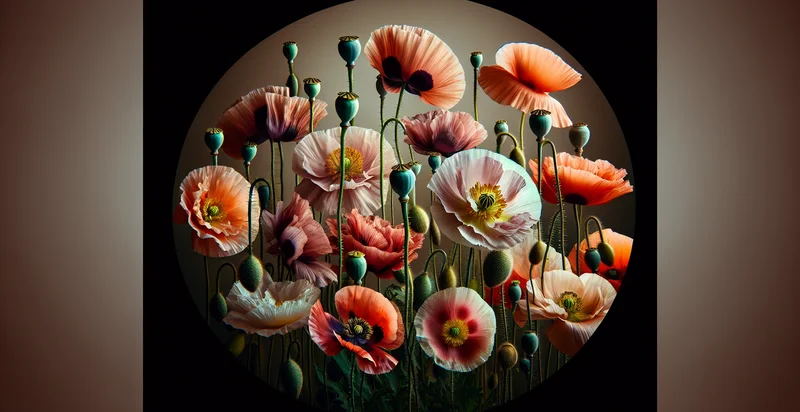Identify is this a poppy
using AI
Below is a free classifier to identify is this a poppy. Just upload your image, and our AI will predict if it's a poppy - in just seconds.

Contact us for API access
Or, use Nyckel to build highly-accurate custom classifiers in just minutes. No PhD required.
Get started
import nyckel
credentials = nyckel.Credentials("YOUR_CLIENT_ID", "YOUR_CLIENT_SECRET")
nyckel.invoke("is-this-a-poppy", "your_image_url", credentials)
fetch('https://www.nyckel.com/v1/functions/is-this-a-poppy/invoke', {
method: 'POST',
headers: {
'Authorization': 'Bearer ' + 'YOUR_BEARER_TOKEN',
'Content-Type': 'application/json',
},
body: JSON.stringify(
{"data": "your_image_url"}
)
})
.then(response => response.json())
.then(data => console.log(data));
curl -X POST \
-H "Content-Type: application/json" \
-H "Authorization: Bearer YOUR_BEARER_TOKEN" \
-d '{"data": "your_image_url"}' \
https://www.nyckel.com/v1/functions/is-this-a-poppy/invoke
How this classifier works
To start, upload your image. Our AI tool will then predict if it's a poppy.
This pretrained image model uses a Nyckel-created dataset and has 2 labels, including Not Poppy and Poppy.
We'll also show a confidence score (the higher the number, the more confident the AI model is around if it's a poppy).
Whether you're just curious or building is this a poppy detection into your application, we hope our classifier proves helpful.
Related Classifiers
Need to identify is this a poppy at scale?
Get API or Zapier access to this classifier for free. It's perfect for:
- Agricultural Monitoring: Farmers can utilize the 'is this a poppy' identifier to monitor their fields and ensure that poppy plants are not growing in areas where they might be restricted or illegal. This functionality can help in managing crops more effectively, reducing the risk of legal issues related to unauthorized cultivation.
- Wildlife Conservation: Conservationists can deploy the image classifier in natural reserves to distinguish between poppy species and native flora. By identifying and managing invasive poppy species, they can protect local ecosystems and promote biodiversity.
- Pharmaceutical Compliance: Pharmaceutical companies involved in the production of opiates can use the 'is this a poppy' identifier to validate the presence of approved poppy strains during cultivation and harvesting. This ensures compliance with agricultural regulations and maintains product integrity.
- Law Enforcement Assistance: Law enforcement agencies can employ this technology for reconnaissance purposes to detect illicit poppy cultivation in rural areas. By analyzing aerial or ground images, they can identify potential drug manufacturing sites more efficiently.
- E-Commerce and Supply Chain Verification: E-commerce platforms selling herbal products can use the image classification function to verify that the plants being sold are legitimate poppy species. This stops fraudulent activities and ensures consumers receive the correct products.
- Educational Tools for Botany: Educational institutions can integrate the 'is this a poppy' identifier into their botany curriculums to help students learn about plant identification and classification. This interactive tool can enhance learning and engagement in plant sciences.
- Urban Landscape Management: City planners can use the image classifier to identify and manage poppies and similar plants in urban greenspaces, ensuring that public areas remain safe and aesthetically pleasing. This function aids in the prevention of unauthorized plant growth that may pose safety or health risks.


